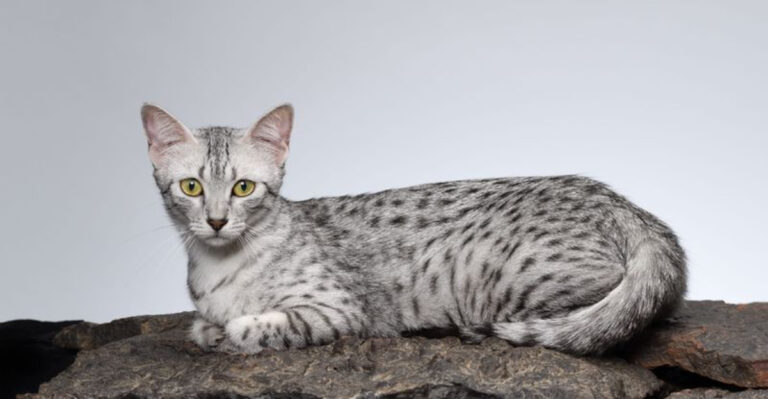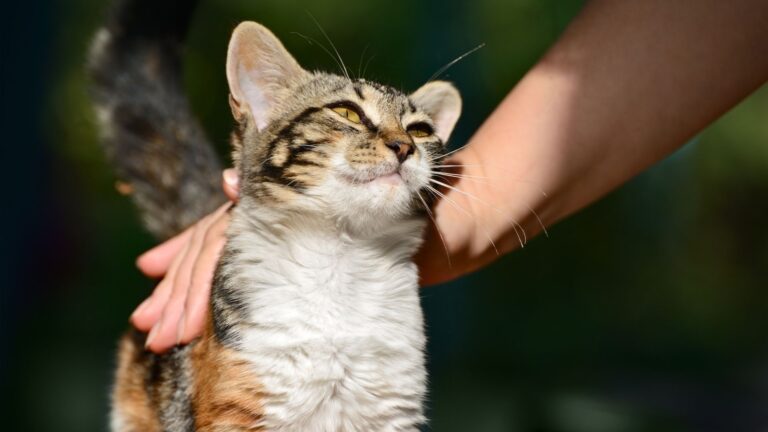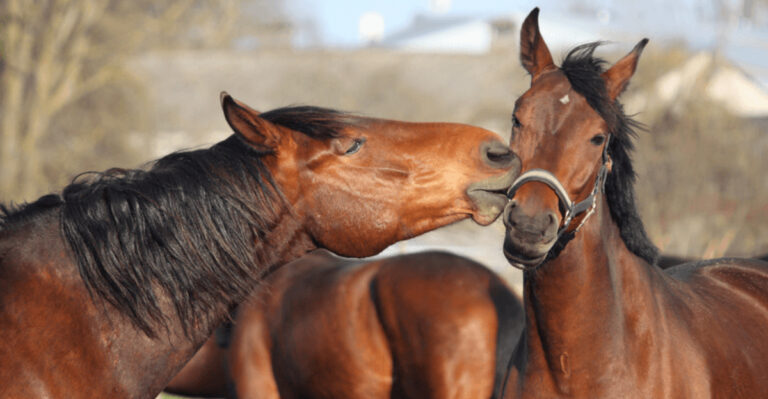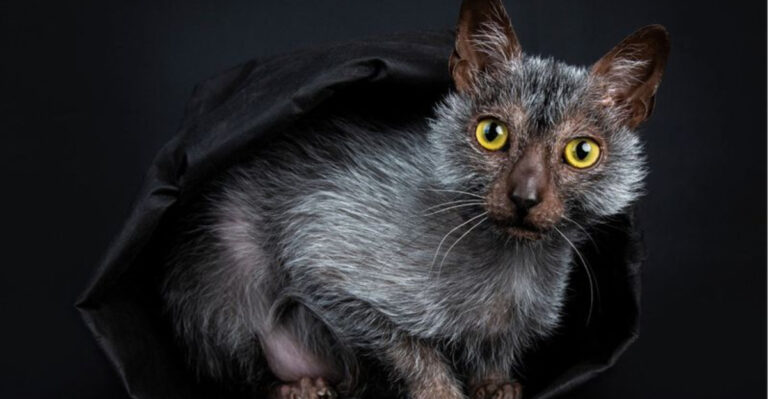14 Wild Animals Of The Midwest That Can Become Lethal
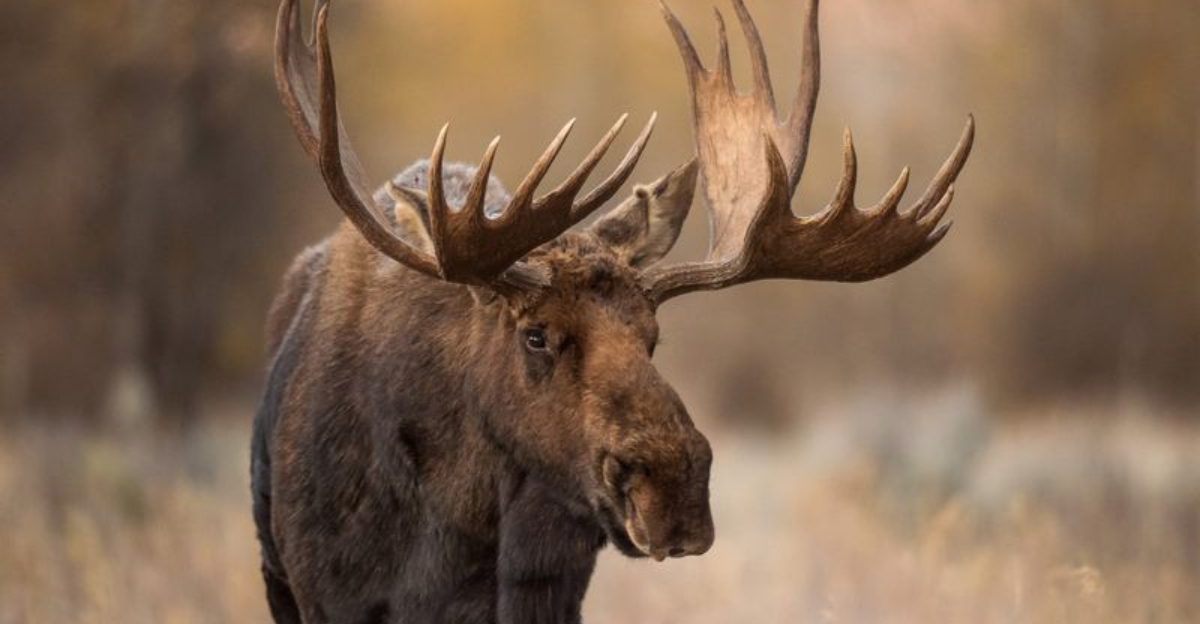
The Midwest’s peaceful landscapes hide some surprisingly dangerous creatures. From venomous snakes to massive mammals, these animals typically mind their own business – until they don’t.
Whether you’re hiking through forests or driving rural roads, knowing which wild neighbors can pose serious threats might just save your life.
1. Eastern Timber Rattlesnake
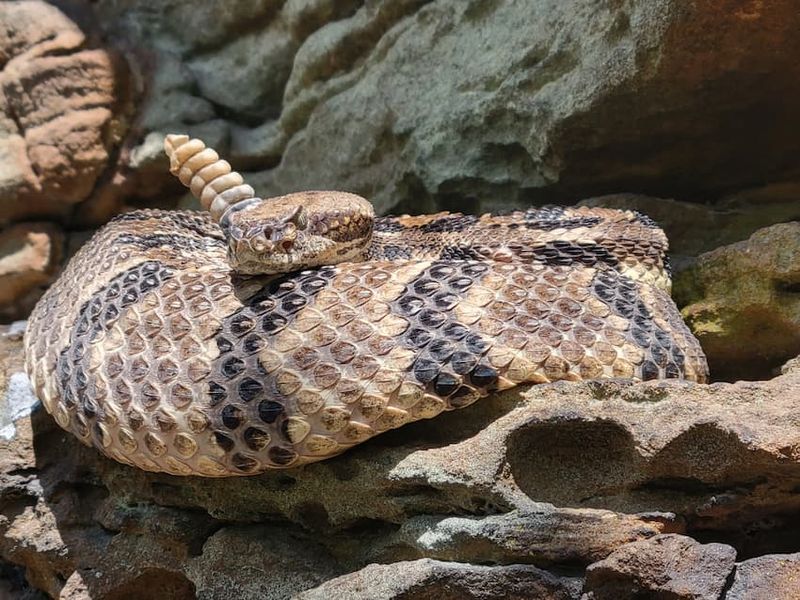
Coiled beneath fallen logs and rocky outcrops, these venomous pit vipers deliver a potentially deadly bite when startled. Their distinctive rattling sound serves as a final warning before they strike.
While rarely aggressive, Eastern Timber Rattlesnakes inject hemotoxic venom that destroys tissue and prevents blood from clotting. Medical attention after a bite is absolutely crucial.
2. American Black Bear
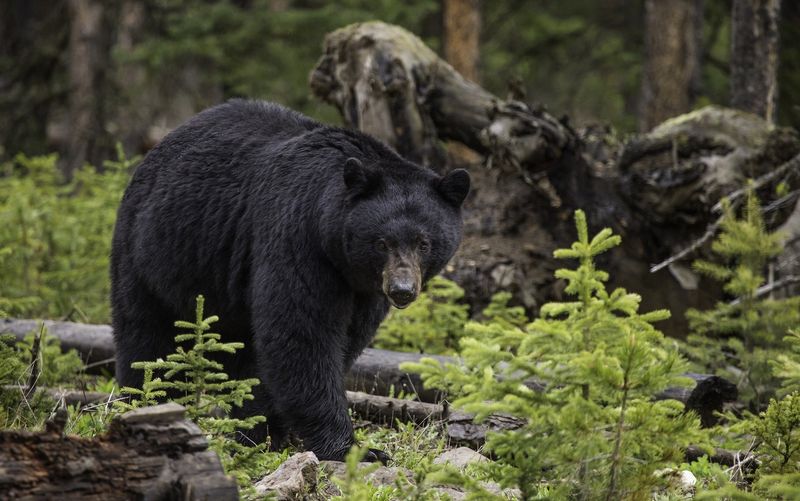
Standing up to six feet tall when on hind legs, these powerful omnivores can weigh over 500 pounds. Though they prefer avoiding humans, black bears become particularly dangerous when cubs are nearby.
Mother bears transform from shy forest dwellers to fierce protectors in seconds. Never position yourself between a mother and her cubs – that’s when these normally peaceful animals become truly lethal.
3. White-Tailed Deer
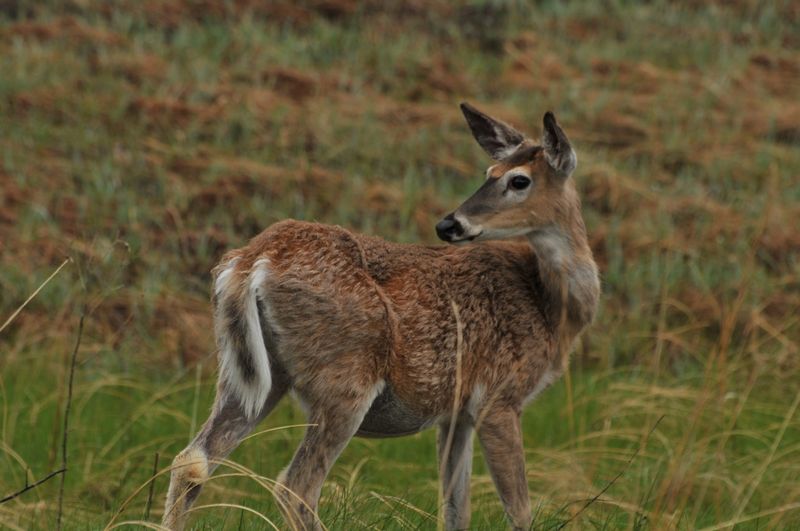
Graceful and seemingly harmless, these woodland creatures cause more human deaths than any other Midwest animal. The danger comes not from attacks but from devastating vehicle collisions, especially during rutting season.
A full-grown buck can crash through windshields when hit at highway speeds. Dawn and dusk driving requires extra vigilance in deer country, where these 150-pound animals appear suddenly from forest edges.
4. Coyotes

Urban adaptability makes these cunning predators increasingly common throughout Midwestern neighborhoods. Small pets left unattended become easy targets for hungry coyotes prowling suburban areas.
While attacks on humans remain rare, coyotes losing their natural fear of people pose growing concerns. They’re particularly bold during winter months when food sources become scarce and desperation drives them closer to human settlements.
5. Bobcats
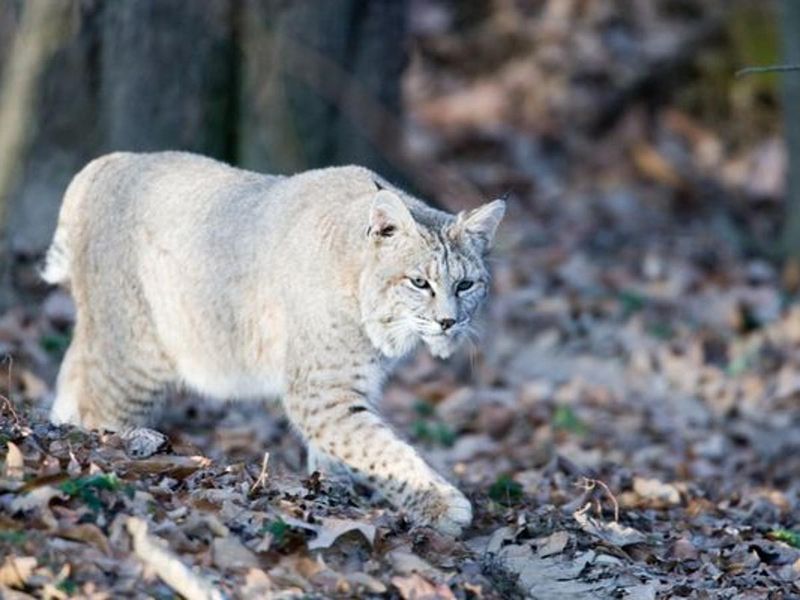
Masters of stealth, these powerful felines silently stalk prey through Midwestern woodlands. Twice the size of house cats, bobcats possess lightning-fast reflexes and razor-sharp claws that make short work of rabbits and rodents.
Human encounters remain exceedingly rare. When cornered, however, these normally elusive predators transform into fierce fighters capable of inflicting serious injuries with their powerful jaws and slashing claws.
6. Wild Boar
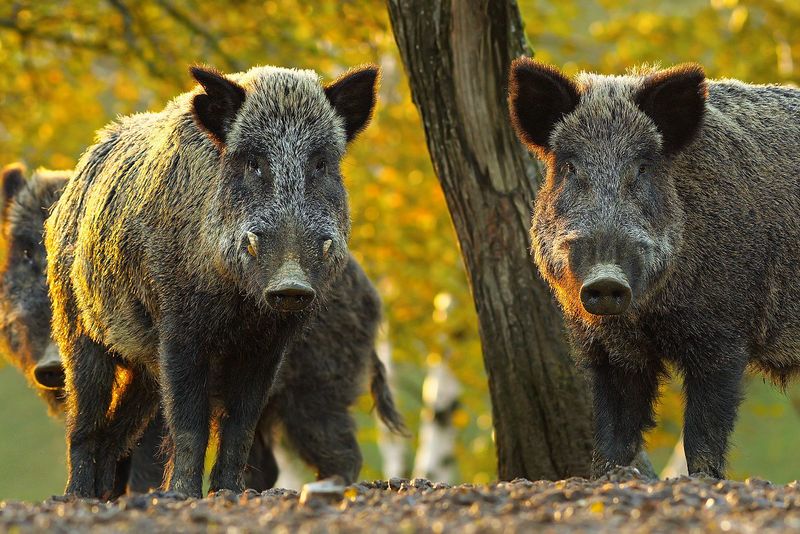
Armored with thick hides and armed with razor-sharp tusks, feral hogs tear through Midwestern farmlands with destructive force.
Males can exceed 400 pounds, charging at speeds of 30 mph when threatened. Their unpredictable temperament makes them particularly dangerous.
Unlike native wildlife, these invasive powerhouses show little fear of humans and will readily attack when they feel cornered, using their tusks to inflict devastating wounds.
7. Bald Eagle
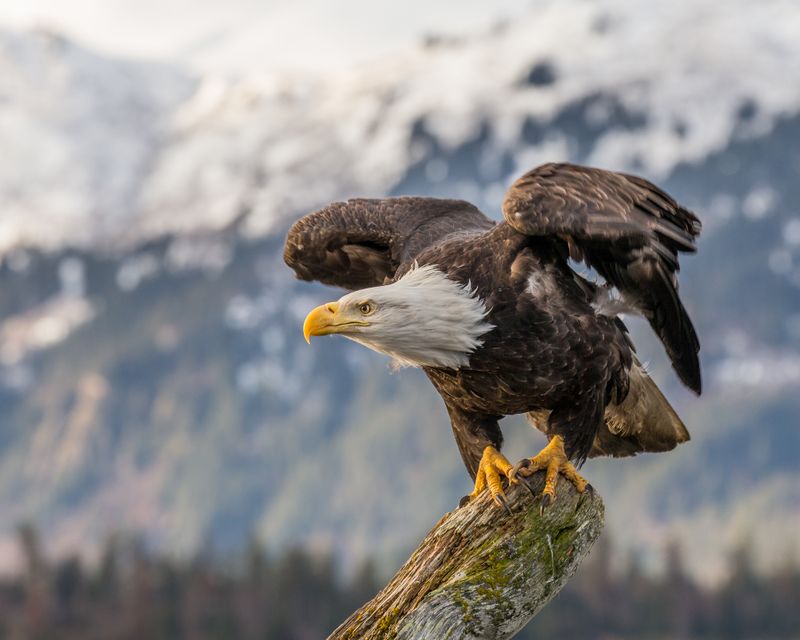
America’s national symbol possesses deadly hunting equipment – massive talons that exert over 400 pounds of crushing pressure. Their hooked beaks easily tear flesh from bone as they feed primarily on fish and small mammals.
While rarely threatening to humans, these magnificent birds fiercely defend their nesting territories. Wildlife photographers getting too close to eagle nests have experienced firsthand how quickly these birds transform from majestic to menacing.
8. Bullfrogs
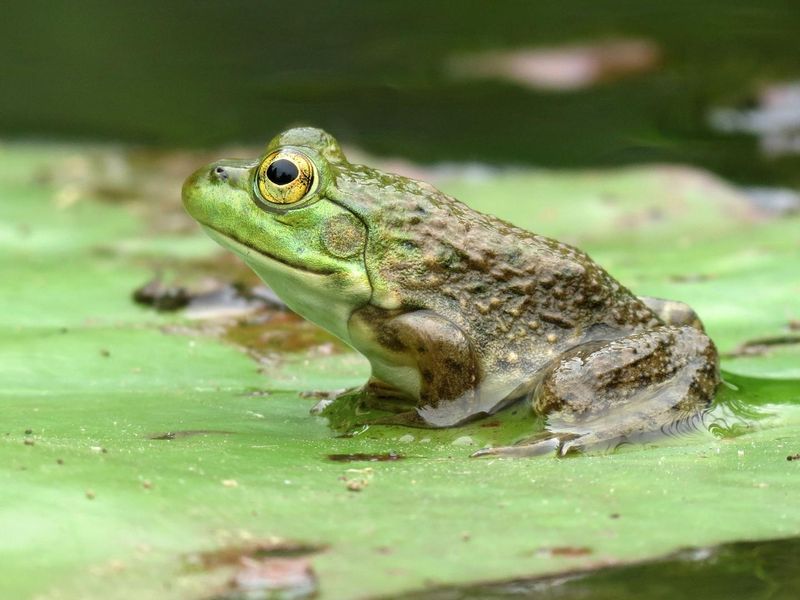
Voracious appetites make these amphibian giants ecological terrors rather than direct human threats. Growing up to 8 inches long, bullfrogs consume virtually anything they can fit in their massive mouths – including other frogs, small snakes, and even baby turtles.
Their true danger lies in ecosystem disruption. Introduced bullfrogs outcompete native species and spread deadly amphibian diseases, causing population collapses that ripple through entire food webs.
9. Wolves

Returning to parts of the Midwest after near-extinction, these apex predators hunt with tactical precision in coordinated packs. Their powerful jaws can crush moose bones, while their endurance allows them to run down prey over miles of terrain.
Livestock farmers face particular challenges as wolves occasionally target domestic animals. Though wolf attacks on humans remain extremely rare, their calculated hunting methods and pack mentality make them formidable predators when desperate.
10. Moose
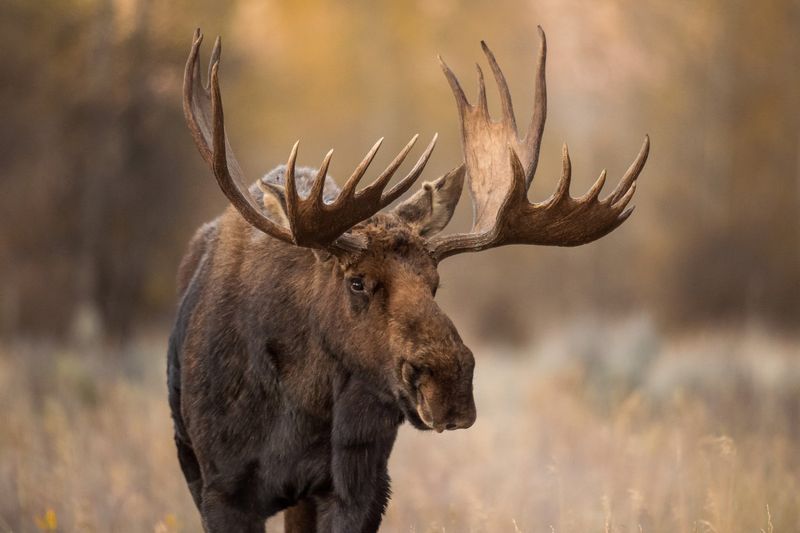
Towering over most forest creatures, bull moose stand seven feet tall at the shoulder and weigh up to 1,500 pounds. During mating season, testosterone-fueled males become unpredictably aggressive, charging anything perceived as competition.
Their massive antlers serve as formidable weapons, while powerful hooves deliver devastating kicks. More hikers are injured by moose than by bears in areas where these massive mammals roam the northern Midwest woodlands.
11. Northern Copperhead
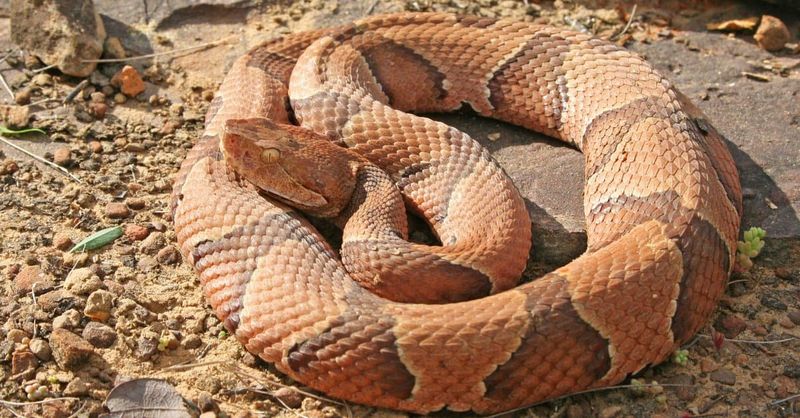
Perfectly camouflaged against forest floors, these copper-colored vipers deliver painful, venomous bites when accidentally stepped on. Unlike rattlesnakes, copperheads give no warning before striking, making them particularly dangerous during hiking trips.
Though rarely fatal to adults, their hemotoxic venom causes extreme pain, tissue damage, and potential limb loss if left untreated. Their excellent camouflage makes them nearly invisible among fallen autumn leaves in Midwestern woodlands.
12. Mountain Lions (Cougars)
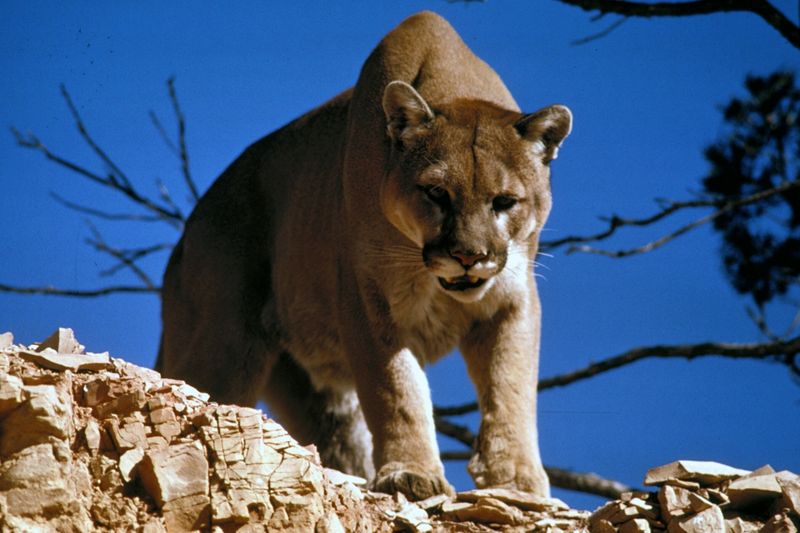
Silent stalkers capable of taking down prey three times their size, these powerful cats occasionally venture into Midwestern territories. Their preferred hunting method – ambushing from above – makes them particularly dangerous on hiking trails.
Though human encounters remain extremely rare, confirmed sightings across Illinois, Missouri and Michigan have increased. These solitary predators can leap 40 feet horizontally and 15 feet vertically, making escape nearly impossible once they’ve committed to an attack.
13. Great Horned Owl
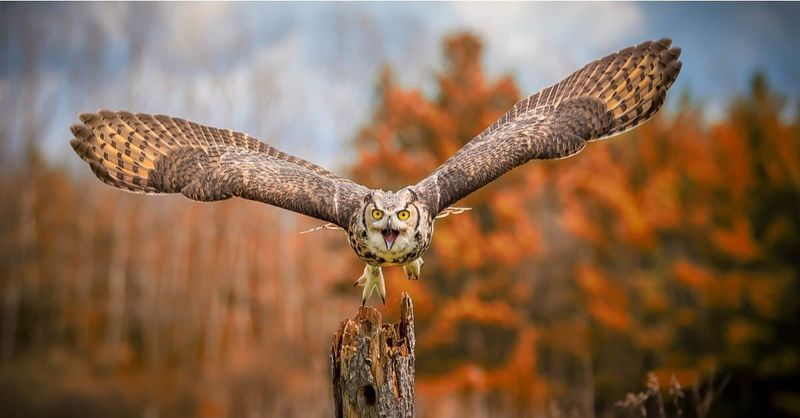
Silent death from above, these nocturnal hunters strike with talons that exert 300 pounds of crushing force per square inch. Their specialized feathers allow completely silent flight, giving prey no warning before powerful talons make impact.
While humans aren’t targets, these territorial birds fiercely defend nesting sites during breeding season. Joggers and hikers have sustained serious head injuries from surprise attacks when unknowingly passing too close to owl nests.
14. Skunks

Beyond their notorious spray, these black-and-white mammals harbor a more serious threat – they’re primary rabies carriers throughout the Midwest. Their tendency to den near human structures increases dangerous encounters, especially with curious pets.
A rabid skunk abandons its typically shy behavior, becoming aggressively fearless. Their sharp teeth easily penetrate skin, potentially transmitting the fatal virus. Any skunk active during daylight hours warrants extreme caution and immediate distance.

